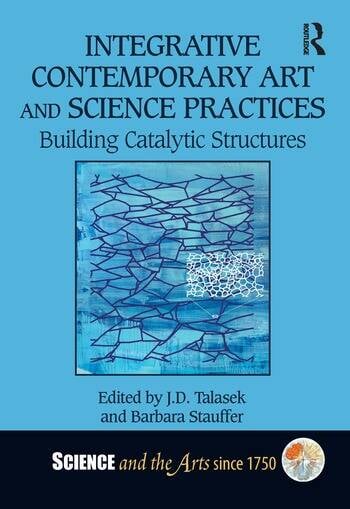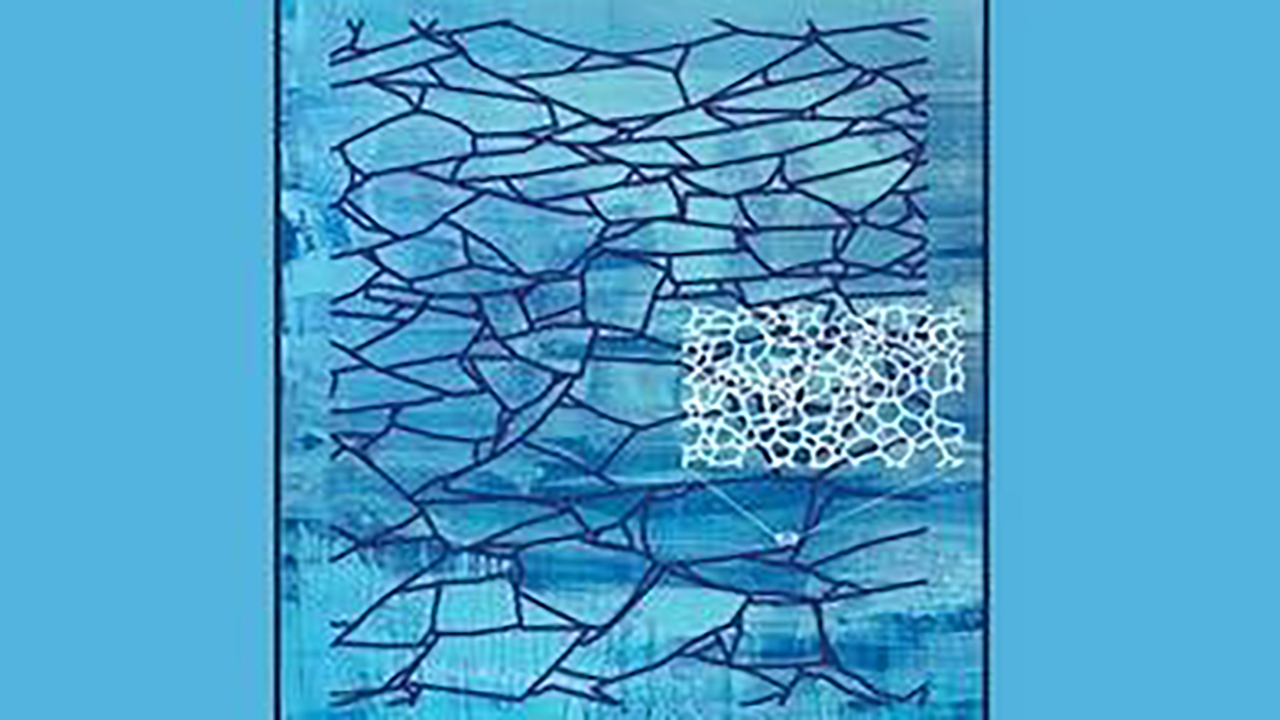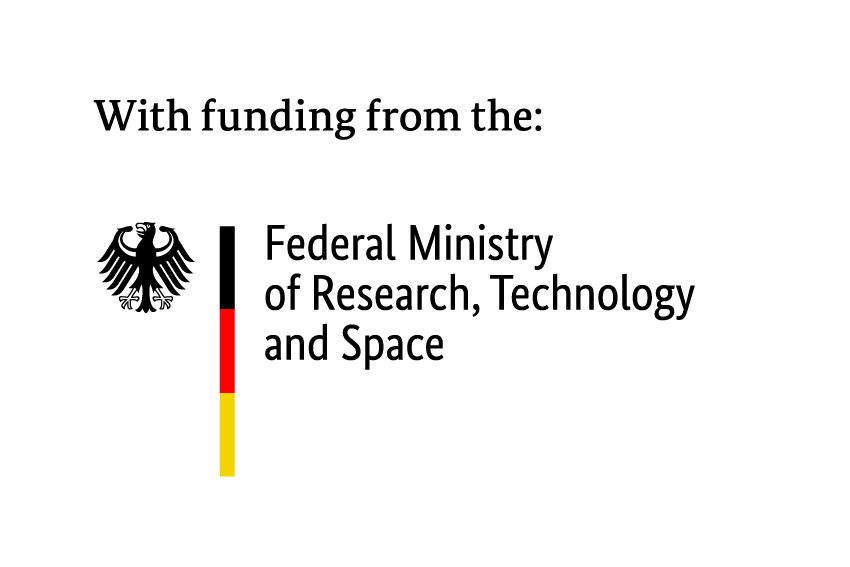KHK c:o/re Fellow Hannah Star Rogers contributes to Integrative Contemporary Art and Science Practices Building Catalytic Structures, a newly released volume, edited by J.D. Talasek and Barbara Stauffer, and published by Routledge.
Contemporary Art and Science Practices: Building Catalytic Structures (2025) considers how such interdisciplinary efforts have shifted from outsider experiments to increasingly institutionalized initiatives. It examines the motivations, challenges, and transformative potential of this integration across public engagement, education, and cultural discourse. This groundbreaking collection brings together leading thinkers and practitioners to examine the evolving relationship between contemporary art and scientific inquiry. In addition to Rogers, the text features contributions from other leading voices in art and science, including William L. Fox, Ellen Levy, Mel Chin, Brandon and Aurore Ballengée, and Jill Scott. This volume is a vital resource for researchers, educators, curators, artists, scientists, and policy makers navigating the complex intersections of knowledge, creativity, and collaboration.
Rogers’ chapter, “Art, Science and Technology Studies: Charting Collaborative Practice,” offers a compelling analysis of the power dynamics, collaborative models, and institutional conditions shaping art-science partnerships today. Rogers’ work contributes a critical theoretical framework from Art, Science, and Technology Studies (ASTS), a subfield of Science and Technology Studies (STS), to advocate for more symmetrical, equitable modes of interdisciplinary collaboration.
Rogers argues for understanding both art and science as socially and culturally situated systems of knowledge. Drawing on examples ranging from historical botanical illustration to contemporary biotech art and artist residencies, she categorizes four prevalent models of collaboration, each with distinct power structures, intentions, and outcomes. She critiques the persistent instrumentalization of art – particularly in science communication – where artistic practice is often reduced to a tool for enhancing scientific messages. Her chapter provides a roadmap for critically evaluating and fostering more generative, balanced partnerships between artists and scientists.
About the Editors:
J.D. Talasek is a curator, researcher, and writer known for integrating the arts into scientific contexts through his leadership at the National Academy of Sciences and as editor-in-chief of Leonardo Journal.
Barbara Stauffer, a ceramic artist and former program director at the Smithsonian’s National Museum of Natural History, has led numerous interdisciplinary initiatives focused on public engagement and education.




